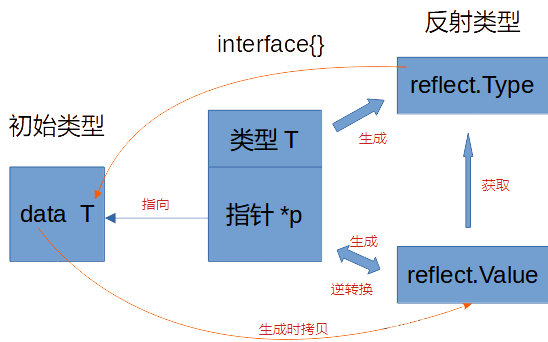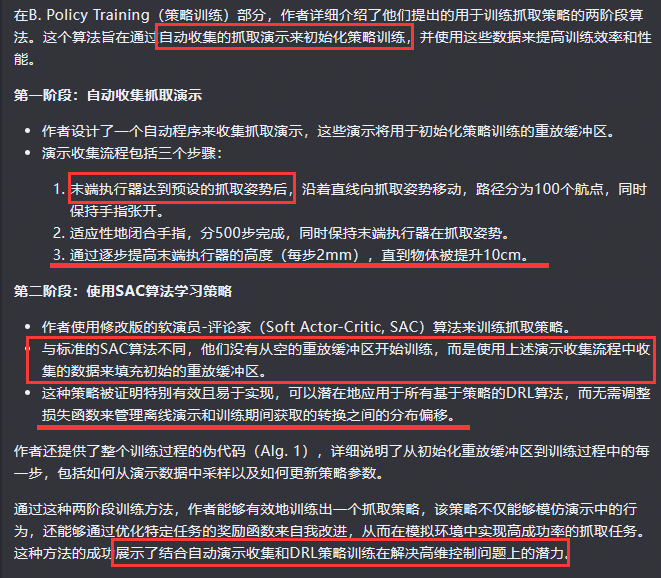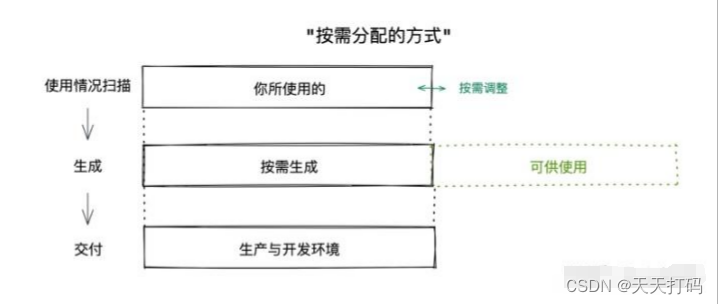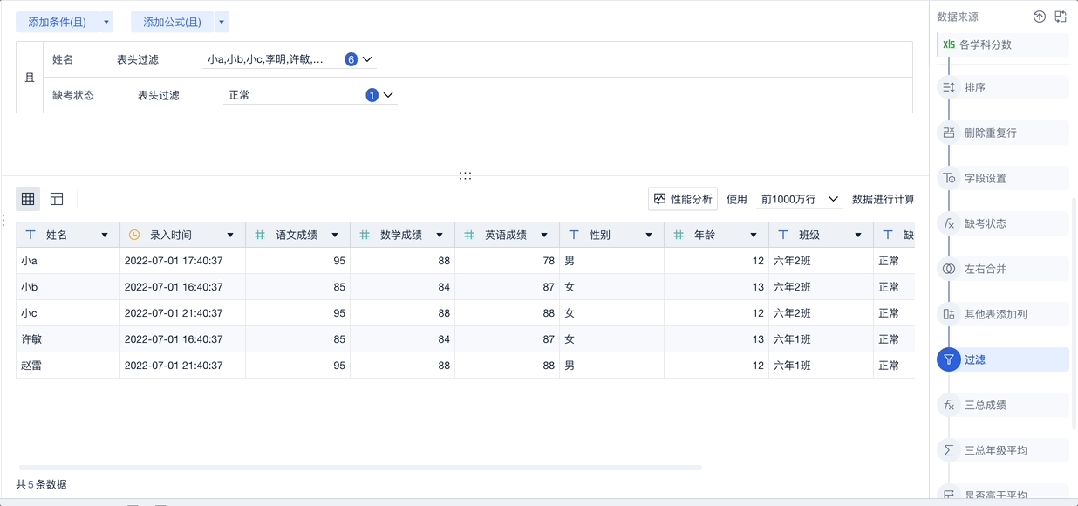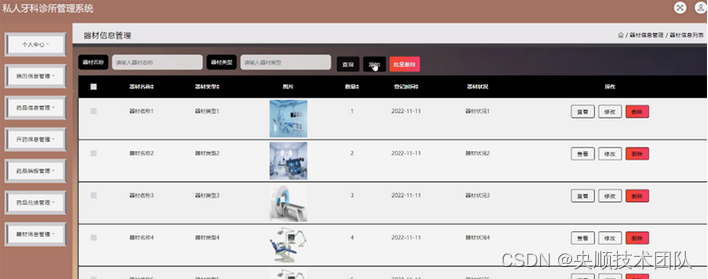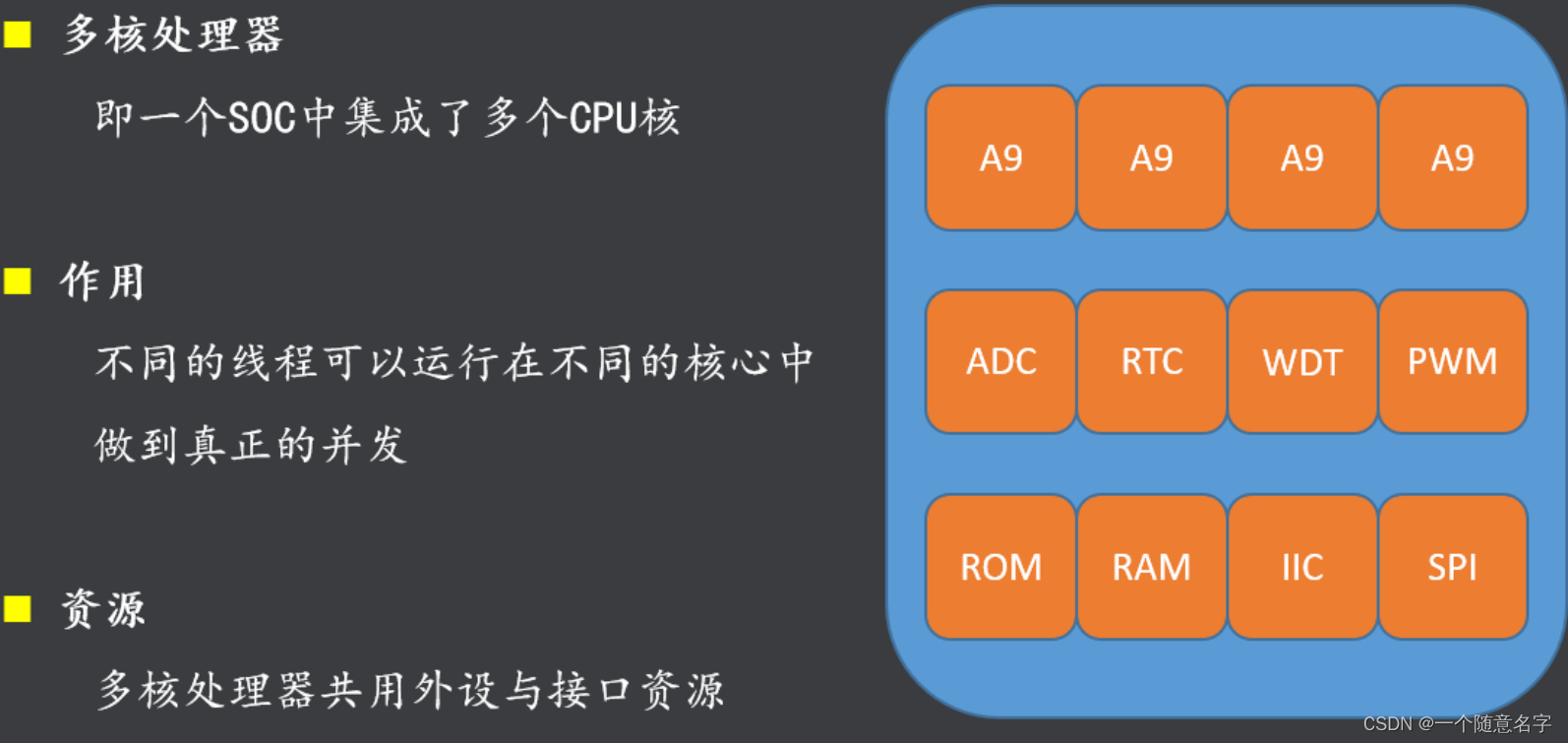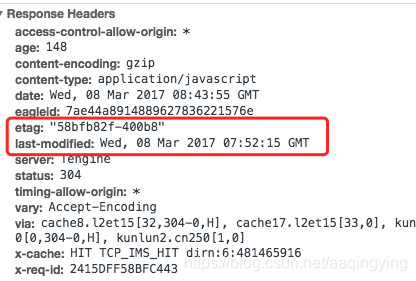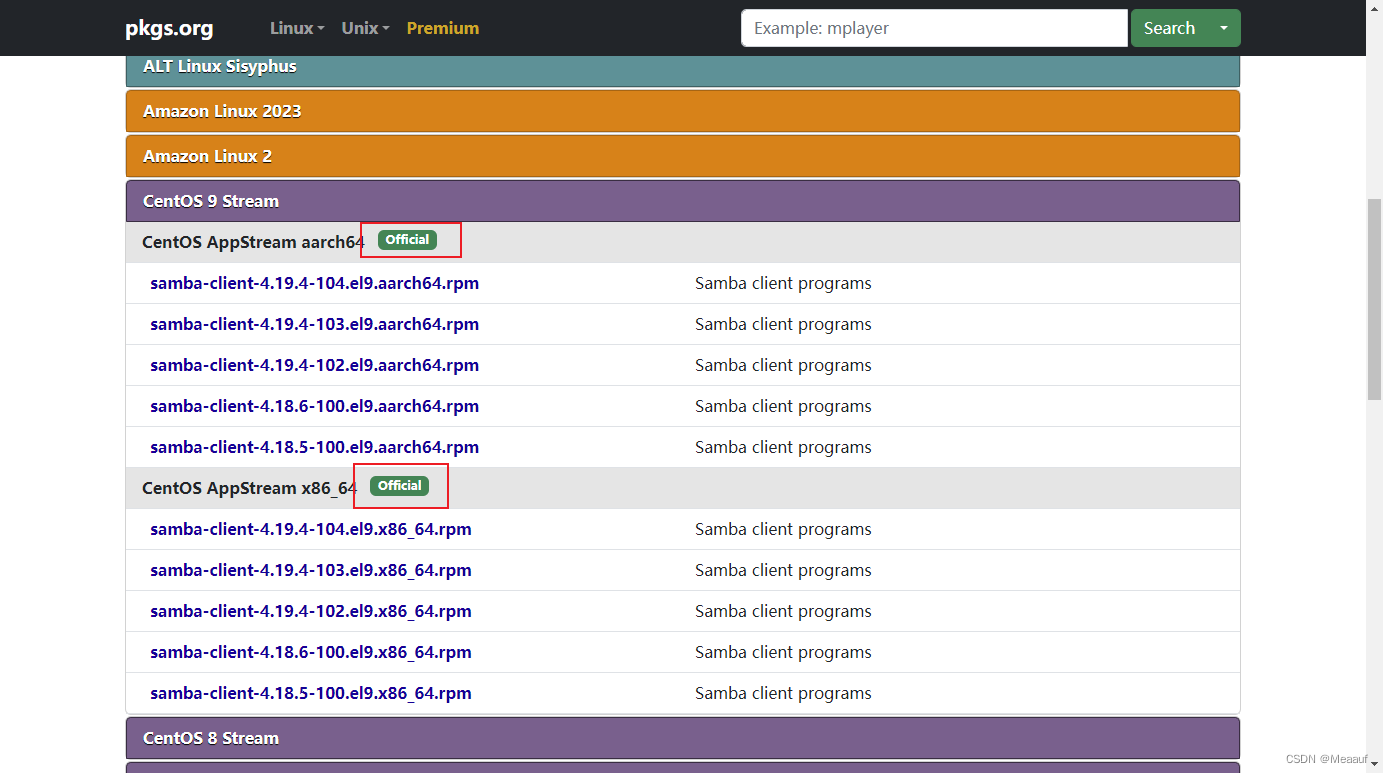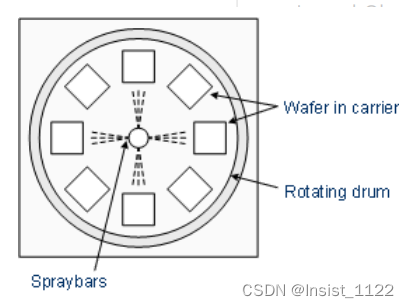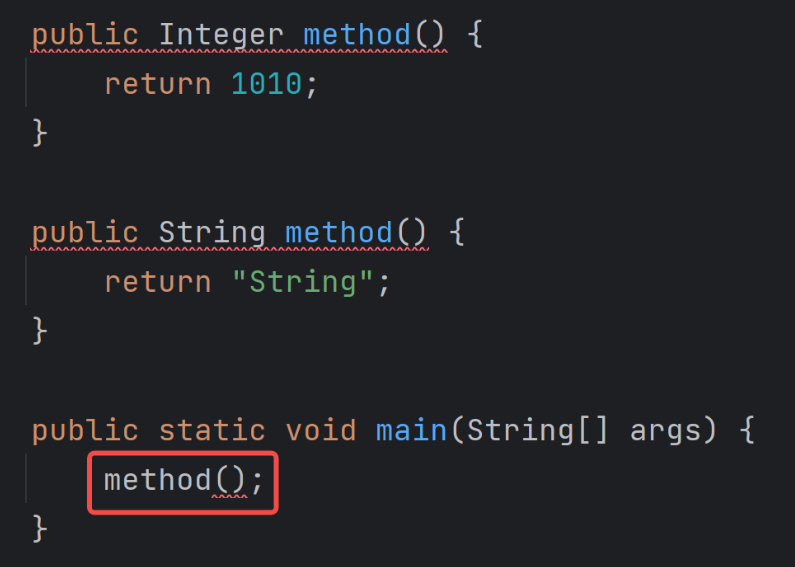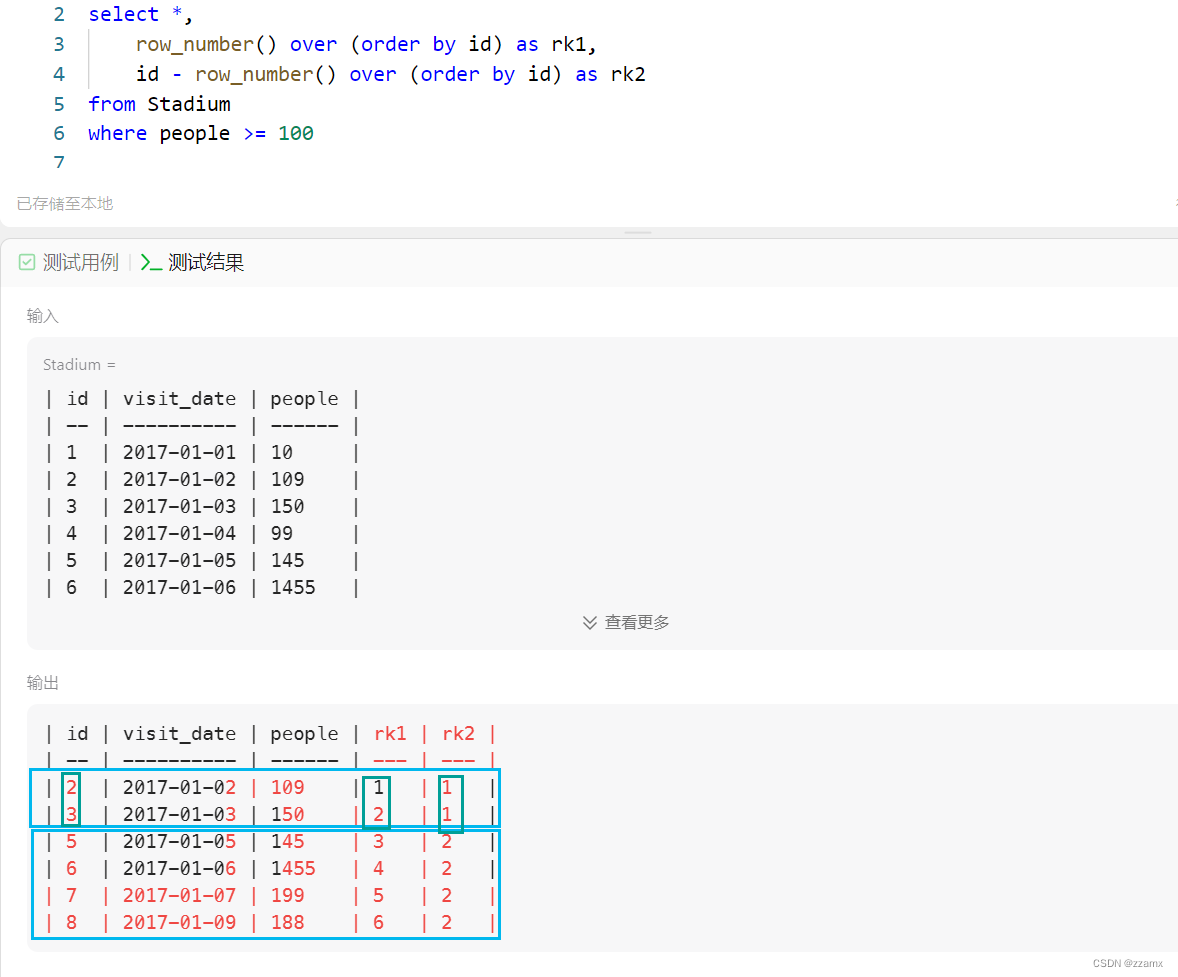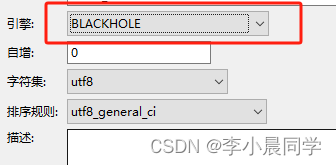1. feign client 通过服务名来调用
InnerOssEndpointClient 类是 feign client方法声明的类
name 就是服务名,这里默认是通过服务名来调用。服务名在哪呢,在注册的nacos注册中心能看到
1.1 调用方的代码
关键看 @FeignClient注解的代码,name 指定了调用的服务名。服务名为 file-system
// 这是调用方的代码
@Service
public class OssEndpointServiceImpl implements OssEndpointService {
@Resource
private InnerOssEndpointClient ossEndpoint;
@Override
public R<AnnexVo> putFile(MultipartFile file, String sourceCode) {
CjtDataSyncCurrentUtil.initUserFilter(tenantId);
return ossEndpoint.putFile(getToken(),file);
}
}
// InnerOssEndpointClient feign client方法声明的类
// name 就是服务名, 这里默认是通过服务名来调用。服务名在哪呢,在注册的nacos注册中心能看到
@FeignClient(name = "file-system",contextId = "ossEndpoint")
public interface InnerOssEndpoint {
@PostMapping(value = "/oss/endpoint/put-file", consumes = MediaType.MULTIPART_FORM_DATA_VALUE)
CjtResult<AnnexVo> putFile(@RequestHeader("Authorization") String token, @RequestPart(value = "file") MultipartFile file);
}
1.2 被调用方的代码
这里就是一个普通的 restful api ,接收调用请求
// 这里就是一个普通的 restful api
@RestController
@AllArgsConstructor
@RequestMapping("/oss/endpoint")
@Api(value = "对象存储端点", tags = "对象存储端点")
public class OssEndpoint {
/**
* 上传单个文件
*
* @param file 文件
* @return ObjectStat
*/
@SneakyThrows
@PostMapping("/put-file")
public R<Annex> putFile(@RequestParam MultipartFile file) {
return R.data(getAnnexByUpload(file));
}
}
nacos 上,这里就能看到注册了哪些服务,上面的服务名就是和 nacos这里的服务名要一致才能调通!!
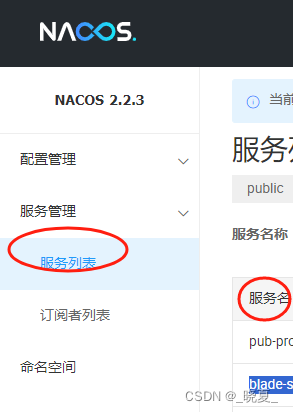
2. feign client 通过url来调用
上面是通过服务名来调用了,那假如我想调用,我本地的服务,没有注册到nacos的服务。那怎么调用呢
2.1 这是调用方的代码
关键看 @FeignClient注解的代码, 加了一个url,url指定的 本地的地址
@FeignClient(name = "file-system",contextId = "ossEndpoint", url = "http://localhost:8080/blade-system")
public interface InnerOssEndpoint
// 这是调用方的代码
@Service
public class OssEndpointServiceImpl implements OssEndpointService {
@Resource
private InnerOssEndpointClient ossEndpoint;
@Override
public R<AnnexVo> putFile(MultipartFile file, String sourceCode) {
CjtDataSyncCurrentUtil.initUserFilter(tenantId);
return ossEndpoint.putFile(getToken(),file);
}
}
// InnerOssEndpointClient feign client方法声明的类
// name 就是服务名,同是也指定了url,那么这里就以url为准。只要写了url就根据url来调用
@FeignClient(name = "file-system",contextId = "ossEndpoint", url = "http://localhost:8080/blade-system")
public interface InnerOssEndpoint {
@PostMapping(value = "/oss/endpoint/put-file", consumes = MediaType.MULTIPART_FORM_DATA_VALUE)
CjtResult<AnnexVo> putFile(@RequestHeader("Authorization") String token, @RequestPart(value = "file") MultipartFile file);
}
2.2 被调用方代码和 上面的1.2 是一样的。就不贴了
3. feign client 通过url来调用,特定的环境
3.1 调用方的代码、这里和上面的 2.1 大同小异
关键看 @FeignClient注解的代码, 加了一个url,url指定的 是一个绝对地址,这样的话,就在本地就可以调用测试环境, 或者生产环境的服务了。方便debug,排查一些问题。
@FeignClient(name = "file-system",contextId = "ossEndpoint", url = "http://www.baidu.com/a/blade-system")
public interface InnerOssEndpoint
// 这是调用方的代码
@Service
public class OssEndpointServiceImpl implements OssEndpointService {
@Resource
private InnerOssEndpointClient ossEndpoint;
@Override
public R<AnnexVo> putFile(MultipartFile file, String sourceCode) {
CjtDataSyncCurrentUtil.initUserFilter(tenantId);
return ossEndpoint.putFile(getToken(),file);
}
}
// InnerOssEndpointClient feign client方法声明的类
// name 就是服务名,同是也指定了url,那么这里就以url为准。只要写了url就根据url来调用
@FeignClient(name = "file-system",contextId = "ossEndpoint", url = "http://www.baidu.com/a/blade-system")
public interface InnerOssEndpoint {
@PostMapping(value = "/oss/endpoint/put-file", consumes = MediaType.MULTIPART_FORM_DATA_VALUE)
CjtResult<AnnexVo> putFile(@RequestHeader("Authorization") String token, @RequestPart(value = "file") MultipartFile file);
}
